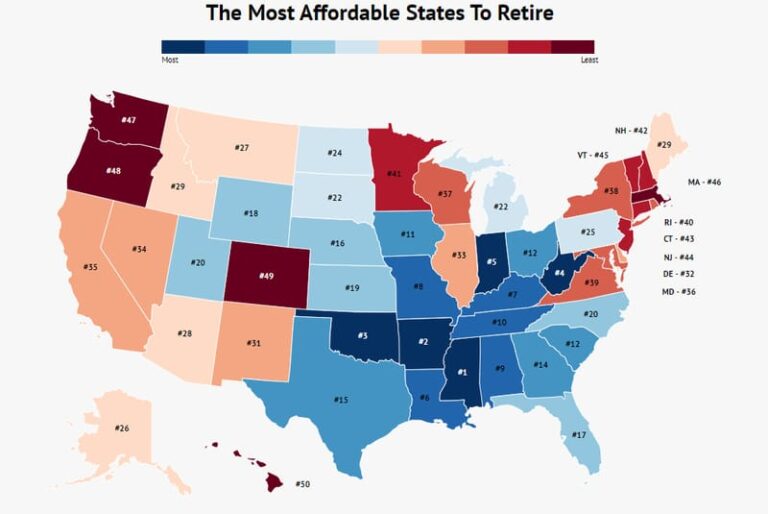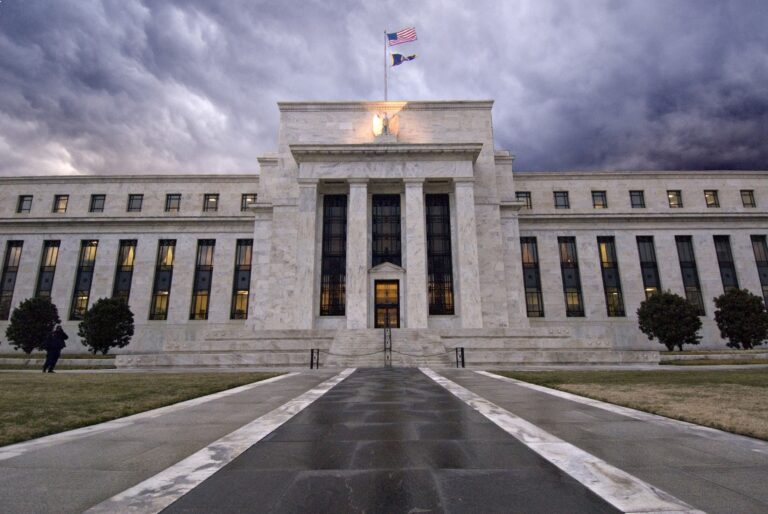Latest Figures Show U.S Economy Shrank for Two Consecutive Quarters
The latest government revised figures show the U.S economy dropped for two consecutive quarters, with Gross Domestic Products (GDP) shrinking at an annual rate of 0.6 percent in the second quarter of 2022. This is similar to what has been projected earlier. Furthermore, the 1.6 percent which had been reported in the first quarter also remained unchanged following the revision.
On the other hand, the Gross Domestic Income (GDI), another measure of economic growth, grew at an annual rate of 0.8 percent in the first quarter and 0.1 percent in the second quarter. Earlier estimates had projected a 1.8 percent and 1.4 percent rise for the first and second quarter respectively.
Gross Domestic Product is the market value of all goods and services produced within a country’s borders within a given period of time. It is the cumulative cost of production or the cost of the factors of production used in the production of all goods and services within a year.
Gross Domestic Income, on the other hand, refers to the total sum of money earned from the sale of the country’s goods and services within a specific timeframe. It is mainly wages earned by workers and profits earned by businesses.
In theory, both GDP and GNI need to be the same owing to the fact that one person’s spending is someone else’s income. However, in practice, these figures are rarely the same due to the independent nature of the multiple sources from where data used to compute them is obtained. The difference between GDP and GDI is called statistical discrepancy.
Despite the GDI being higher, income growth remained lower than earlier estimations. This can be attributed to the raging inflation that has wiped out most income gains.
While the statistical discrepancy is usually within a predictable range, the latest months have seen wide variations between the two metrics as the economy sent mixed signals of headwinds and tailwinds. The large discrepancy has been attributed to large shifts in economic activity due to the pandemic as well as the challenges of tracing and accounting for the huge stimulus packages enacted to compact its impact.
Initially, GDI had been reported to be $773 billion higher than GDP in the second quarter, or a 4 percent difference. In the revised figures, the statistical discrepancy has been lowered to 1.3 percent. This is after the GDI for 2021 and 2022 were revised downward after workers’ earnings grew lower than had been reported before. In addition, the GDP was revised upwards in 2021 and 2022 due to stronger consumer spending and increased export.
The upward revision of the GDP shows a stronger and more resilient economy than had been predicted. The pandemic recession was shorter and less severe than what economists and analysts had anticipated, allowing the economy to return to pre-pandemic levels much faster.
Throughout 2022, the U.S economy has registered the strongest labor market in decades with the unemployment rate falling to lowest levels since the 1960s. This is a rare case in times of economic contraction as has been the case in the first half of the year.
The latest figures are part of the government’s annual process of adjusting five-year historical economic data based on new information. During the revision, the government incorporates more complete data from state unemployment insurance systems, Internal Revenue Service, and several other sources that were not accounted for when compiling quarterly estimates.
According to the figures released on Thursday, consumer spending, which accounts for 70 percent of the GDP, rose at an annual rate of 2 percent in the second quarter and 1.3 percent in the first quarter.
Before the revision, economists had suspected the actual GDP to be higher than the one reported. This is mainly due to high-income gains this year, which amount to increased consumer spending. However, income did not rise as much as had been anticipated due to high levels of inflation.
Is the Economy In a Recession?
On average, both the GDP and GDI show that the U.S economy has been shrinking for two consecutive quarters – the unofficial definition of a recession. Economists consider the average between GDP and GDI a more accurate measure compared to either individual figure. The output shows that the economy dropped in both the first and second quarters of the year.
The debate on whether the U.S economy is in a downturn has been raging for several months. This is due to the conflicting signals between GDP and GDI, which indicated high income growth and profit earnings during a period of slow economic growth.
The inflation and recession debate has been gaining steam, especially in political circles as the country gears for the Mid-term elections in November.
What Caused the Economy to Shrink?
Reasons that have caused a drop in GDP include a record high trade deficit, the end of the pandemic stimulus packages, and a sharp drop in business spending. The raging inflation has led to high consumer prices and reduced consumer spending.
In a bid to arrest the runaway inflation, the Federal Reserve has implemented five interest hikes of three-quarters of a percentage point each. This has raised the cost of borrowing and reduced business spending.
What Lies Ahead?
The current rate of inflation will have a big part to play in how the economy shapes out in the third quarter. Any effort to bring down inflation would involve applying more brakes to slow down the economy. Economists, therefore, project the GDP to further drop in the third quarter.
While the U.S economy has been strong and resilient in the first half, the high inflation has knocked much of the income gains and slowed down economic growth.
The inflationary pressure, which has caused fears of looming inflation, has been a big headache for the Biden administration throughout much of this year. It is expected to be a major talking point as the Democrats try to retain control of congress in the upcoming November mid-term elections. Consumer sentiments have improved in recent days following a drop in gasoline prices.






